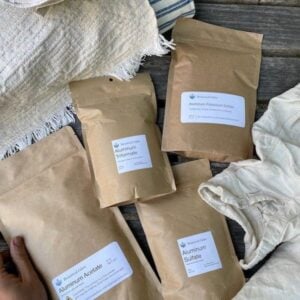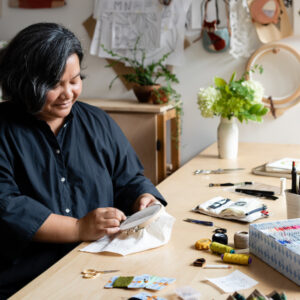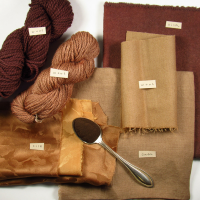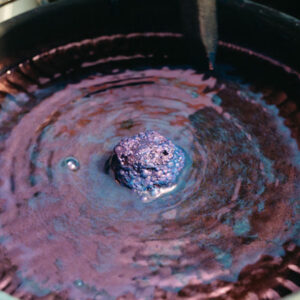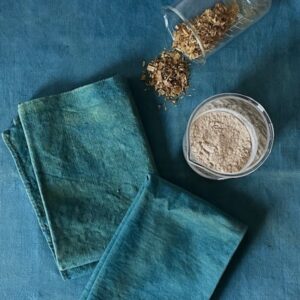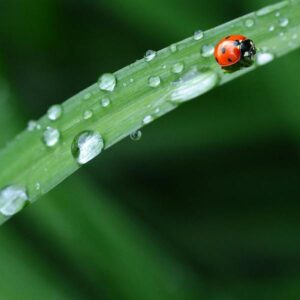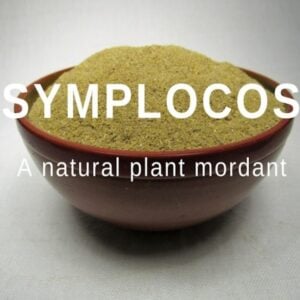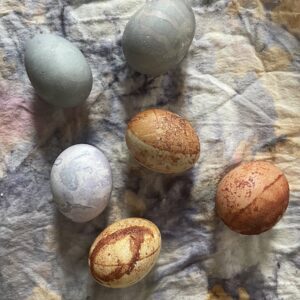Mordant Monday: R U Mordant Curious?
For Mordant Monday, we answer your Mordant Questions and dive into everyone’s favorite topic: MORDANTS. Are you Mordant Curious? I received a great question about the mordants we carry. Like, you have so many. What is the difference? Does it really matter? Having a variety of mordant choices allows you as an artist to consider your materials before you start creating. For example: if you are dyeing a cellulose fabric, you can use aluminum acetate, or you can use a tannin pre-mordant and then apply aluminum sulfate as the mordant. They will give you different results. We’ve created a table … Read more

